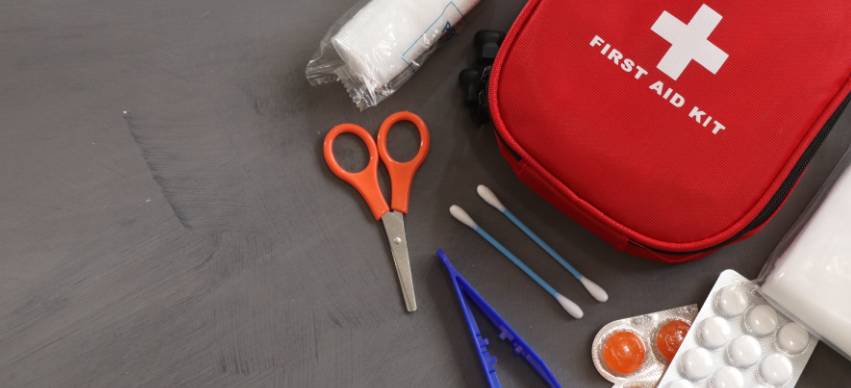Evolution of Prescription Refills: From In-Person to Online ..
6 Min Read

Accidents can occur to anybody, anywhere, at any time. When there is an emergency, first aid knowledge is essential. Particularly when quick medical assistance is not accessible, they may make the difference between life and death. When you know about first aid, you can help people handle medical situations properly, whether at home, at work, or out and about.
The following are the top first-aid skills that everyone should acquire in 2023.
One of the most common and crucial first aid techniques is chest compressions and breathing resuscitation. Practicing CPR on a dummy takes less than five minutes, but might save a life.
Cardiopulmonary resuscitation (CPR) is a lifesaving technique that uses artificial ventilation to keep a person's brain, heart, and lungs functioning normally. Knowing how to conduct CPR is a lifesaving skill in an emergency.
The Heimlich maneuver and CPR share some similarities, although they serve very different purposes. Whenever an individual is choking on something foreign, the Heimlich maneuver should be performed.
There are degrees of choking, with the less severe types allowing the victim to continue to breathe and speak. The casualty's airways may become completely obstructed in extreme cases of choking, putting them at risk of suffocation.
If the choking person is standing, you should stand behind them and wrap your arms around them, then place your fist between their belly button and ribs to perform the Heimlich technique.
When you've got them where you want them, give fast, upward thrusts until the object is dislodged. The Heimlich maneuver must not be used on kids.
Accidents involving automobiles or heavy machinery, for example, can cause internal bleeding and other serious injuries. This can result in shock or even death if not treated quickly.
Arterial bleeding is the most common cause of death from a blood loss injury. Bright red, pulsing blood flow is indicative of arterial hemorrhage.
There is a very short window of opportunity to stop life-threatening bleeding, so it is crucial that someone immediately call for help. Pressure is applied to a wound, preferably with a sterile bandage but, in a pinch, even a piece of clothing is the most effective method for stopping excessive bleeding.
Elevating the area will help in minimizing the blood flow to the injured area.
In most cases, shock follows after substantial bleeding. Blood loss from severe bleeding reduces the amount of blood circulating the body, resulting in lower blood pressure.
If the bleeding does not stop after you have applied pressure to the wound, you may need to use shock treatment to save the person's life.
The patient should be placed in a supine position with their feet raised above their heart. The patient will need CPR if they are not breathing on their own.
You should make sure they aren't wearing anything too restricting, so take off their belt and undo their buttons if necessary. Cover them to keep them warm and make sure their airways remain clean while you wait for assistance.
Infections spread rapidly and can be prevented only by quickly cleaning an infected wound. If you want to keep bacteria from spreading from your hand to your wound, wash your hands before contracting the wound.
Afterward, apply the ointment after washing the wound with water or an antiseptic solution. Immediately locate a clean piece of cloth or other absorbent material and apply firm pressure to the bleeding area until the bleeding stops. To prevent infection, cover the wound with an adhesive bandage and change it daily until it has healed.
There are distinct approaches to care for each of the three burn severity levels. Mild burns only require antiseptic cream and a loose bandage. The skin around second-degree burns will blister and swell slightly.
It should be washed in cold water and treated as if it were a first-degree burn. Skin whitening, blistering, and numbness are the hallmarks of third-degree burns. Doctor assistance is required for these burns.
Concussions are dangerous and need to be taken care of by a doctor. After getting hit in the head, you should look for signs like dizziness, dilated pupils, confusion, etc. If not treated, a concussion can hurt the brain in the long run. If you think you might have a concussion, see a doctor.
Learning how to give first aid is important because it can save lives in dangerous situations. When professional medical help is not available right away, knowing how to treat common injuries and illnesses can make a big difference in the quality of care given.
In 2023, we need to know how to give first aid in an emergency. Remember that first aid is not the same as professional medical care, and anyone who has an emergency should always go to the hospital. But knowing basic first aid skills can help someone instantly until professional help arrives. This can make a big difference in the outcome.